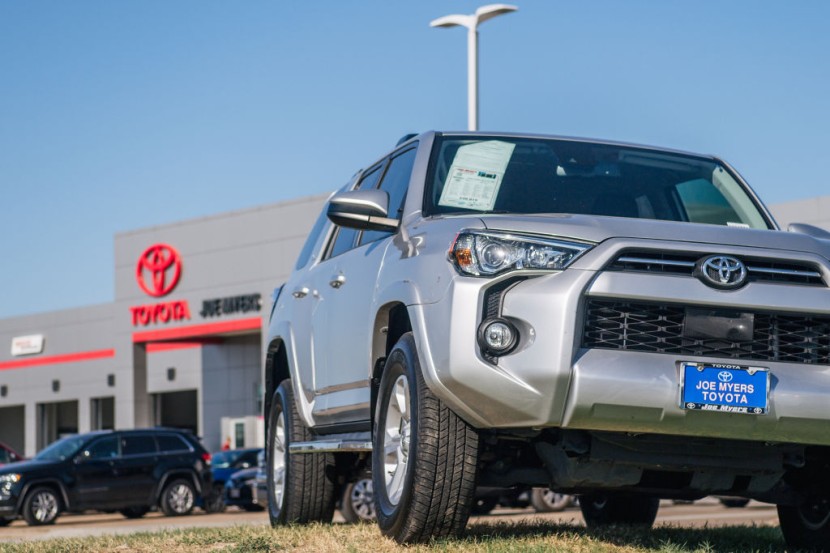
Japanese car manufacturer Toyota Motor Corp. announced on Friday that it sold over 10 million vehicles in 2021, making it the world's largest automaker for the second year in a row, amid the impact of the COVID-19 pandemic.
Toyota said its vehicle sales increased by 10.1% last year, surpassing the performance of Volkswagen of Germany.
In 2021, the automaker sold 10.5 million vehicles, including those produced by affiliates Daihatsu Motors and Hino Motors. While Volkswagen delivered 8.9 million vehicles in the same period, 5% lower than in 2020 and its lowest sales results in 10 years, per Reuters.
The COVID-19 pandemic has caused disruptions in supply chains and a shortage of semiconductors due to increased demand for the key component among manufacturers of electronic devices. The situation prompted automotive makers to cut production.
However, amid the pandemic, the Japanese company has performed better than most other carmakers since its home market, Japan, and portions of Asia, have been less affected in comparison with Europe.
Read Also : Car Prices Continue To Soar High With Average Cars At $29,000 Due to Shortage of Chinese Semiconductor
Toyota's Future: Space Cars and Robots
Per USA Today, Toyota has collaborated with Japan's space agency in developing a vehicle that will explore the moon, with dreams to help humans reside on Earth's natural satellite by 2040. Then dwell on Mars.
According to company officials, the vehicle being developed in partnership with the Japan Aerospace Exploration Agency is named Lunar Cruiser, which pays homage to Toyota's sport utility vehicle Land Cruiser. The spaceship is set to launch for the latter part of the decade, per ABC News.
According to Takao Sato, head of the Lunar Cruiser project at Toyota Motor Corp, the Lunar Cruiser will have features that will enable humans to eat, work, sleep, and interact with each other safely in space, just like in cars.
"We see space as an area for our once-in-a-century transformation. By going to space, we may be able to develop telecommunications and other technology that will prove valuable to human life," Sato said in an interview.
Aside from the space exploration vehicle, Toyota has developed a robotic arm for the Lunar Cruiser in partnership with Gitai Japan Inc.
The robotic arm is designed to perform inspection and maintenance tasks with its "grapple fixture," which allows its end to transform to work like various tools for sweeping, scooping, and lifting.
Gitai Chief Executive Sho Nakanose said that blasting off into space is a challenge but working in space is another challenge that entails huge costs as well as hazards for astronauts. That's where robots could help a lot, he expressed.
Toyota's Project to the Moon
The lunar project, according to Toyota engineer Shinichiro Noda, is an extension of the automaker's long-standing goal to serve customers. The company believes that sending cars to the moon would be a breakthrough that could bring significant resources for life on Earth.
"Toyota has vehicles almost everywhere. But this is about taking our cars to somewhere we have never been," Noda said.
In its more than 80 years of operation, Toyota has been concerned about losing a core business due to changing times. It has ventured with real estate, boats, planes, and robots. Later this year, the Japanese car company is set to open the Woven City, its net-connected sustainable living quarters near Mount Fuji.








